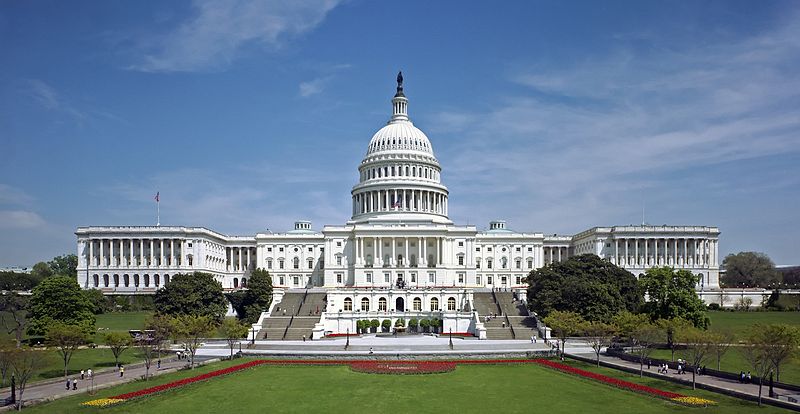
The Nuke Review: May 21 – May 27
The Nuke Review: May 21 – May 27
May 21st
Lieutenant General Sergei Karakayev, Commander of Russian Strategic Missile Forces, stated that additional mobile units of the RS-24 “Yars” ICBM will be deployed shortly to defense compounds in Irkutsk, Novosibirsk, and Kozelsk along with other sites in the future. Initially tested in 2007 and first deployed in 2009-2010, the RS-24 is a modernized Topal-M with enhanced MIRV and anti-ABM capabilities.
The Deterrence and Defense Posture Review was released at the 2012 NATO Summit in Chicago. The Review reaffirmed NATO’s commitment to the NPT and its “resolve to create the conditions for a world without nuclear weapons.” The DDPR also announced Interim Capability for NATO’s missile defense and expressed the possibility of reductions in tactical nuclear weapon stockpiles in Europe dependent upon the reciprocal action by Russia.
Interfax has reported that the Russian Strategic Missile Forces have undergone 5 U.S. audits since December 2011. The New Start Treaty stipulates that the U.S. and Russia are permitted up to 18 inspections a year of the nuclear facilities operated by the other country.
May 22nd
The DPRK claims no imminent plans for an underground nuclear test, but confirms intent to expand nuclear deterrent and satellite program. A Foreign Ministry spokesman was quoted by the North Korean Central News Agency as saying “the North did not have a plan for a nuclear test from the beginning, because it sought to launch a scientific and technical satellite.” The spokesman went on the say that he believes a peace resolution of the nuclear issue is still possible through dialogue and negotiation. However, recent satellite imagery indicates increased activity at the North Korean nuclear test facility.
The day before the P5+1 – Iran talks in Bagdad, International Atomic Energy Agency chief Yukiya Amano returns from Tehran with a tentative inspection deal. Amano expects a deal to be signed soon allowing the IAEA to resume its investigation of suspected Iranian nuclear weapon program
The UK Ministry of Defense awarded £350 million in contracts for the design of next generation nuclear submarines. Defense Secretary Philip Hammond commented that, “This Government is committed to maintaining a continuous submarine-based nuclear deterrent.” A decision for the final design and build is not expected until 2016, with the first Successor submarine slated for delivery in 2028
May 23rd
Russian Defense Ministry spokesman Colonel Vadim Kival confirmed the successful test launch of a new unnamed ICBM. The missile was fired from a mobile launcher at the Plesetsk space center in the Arkhangelsk region at 10:15 (06:15 GMT). Unofficially named ‘Avangard,’ the new ICBM is a more advanced version of the RS-24. Military sources have indicated that the updated design focused on the missile’s propellant allowing for a shorter boost period. The missile is also assumed to have an improved MIRV system with enhanced maneuvering and targeting capabilities.
May 24th
Firefighters extinguished a fire that broke out aboard the USS Miami, a nuclear submarine docked at the Portsmouth Naval Shipyard in Kittery, Maine. A statement from the Shipyard confirmed that seven people were injured in the blaze. Capt. Bryant Fuller, commander for the shipyard, stated that the USS Miami’s reactor was not operating at any time during the fire and remained unaffected and stable throughout.
The latest round of P5+1 talks with Iran came to a close in Bagdad. The major issues of contention continued to be that of enrichment and sanctions. Western powers held fast to their mandate that enrichment activities be suspended before sanctions are eased, while Iran demands the easing of sanctions before any nuclear concessions. Unfortunately, the talks in Bagdad were unable to achieve any substantive agreements; however a future round of talks has already been scheduled for June 18-19 in Moscow.
May 25th
IAEA Iran Safeguards Report stated that samples taken from Iran’s Fordow Fuel Enrichment Plant in February revealed particles with enrichment levels of up to 27 percent. Iran replied to the IAEA’s request for explanation by stating that the production of such particles “above the target value” may occur for technical reasons beyond operator control. The Agency is currently assessing this explanation. According to the Institute for Science and International Security’s (ISIS) analysis of the IAEA report, the elevation is more than likely a result of improved cascade design. The ISIS analysis concluded, that “This development is an embarrassment for Iran but it is not a sign of Iran moving to higher enrichment levels. Nonetheless, its deployment of a 17-stage cascade reflects a reconfiguration of the cascades that can make breakout faster and more efficient.”
May 27th
Iranian nuclear chief, Fereidoun Abbasi, confirmed that Iran is planning to build at least two new nuclear power plants near the Bushehr facility. He stated that the new facilities will be 1,000-megawatt nuclear power plants and that constructions may begin within a year or two.
Dr. Vijay Kumar Sarawat, director of the Indian Defense Research Organization (DRDO), confirms work is already in progress for the Agni VI ICBM. According to DRDO officials, this advanced version of the Agni V which was successful launched in April 2012, will be developed in the next two years. The Agni VI will have a range of 8,000 km to 10,000 and the capability of carrying 10 MIRV-ed warheads.






[…] Painter: The Nuke Review: May 21 – May 27 […]